Ohio Farm Bureau shapes 2026 policy at annual meeting
Delegates discussed many topics impacting agriculture including farmland preservation, local foods, and succession planning.
Read MoreUnder HB 397, notice must be given by Sept. 1 to terminate a farm lease, and the lease will terminate at the conclusion of harvest or Dec. 31, whichever comes first. Editor's Note: This article was reviewed and updated in June 2025.
Roughly 40% of Ohio’s farmland is not owned by the person who farms it. Instead, farmers use land leases to collect suitable land on which to operate their farms. Historically, these leases were accomplished by handshake deals between neighbors.
“While in many cases these less formal agreements work out just fine for both parties, we at Farm Bureau regularly talk to members where these handshake deals have gone awry,” said Amy Milam, Ohio Farm Bureau’s director of legal education and member engagement. “In many of those cases, the farmer ends up unable to access land that they have already significantly invested in and prepped for planting, or even worse, unable to harvest crops at the end of the growing season.”
According to Milam, this can often occur because of some change in the situation of the landowner – often it’s the passing of the original landlord and the transfer of land to other family members who wish to offload the property as soon as possible.
“While certainly we often talk with our members about the importance of putting these agreements in writing, the culture and custom of agricultural communities often overrides that best practice advice,” Milam said.
Signed into law by Gov. Mike DeWine in April 2022, HB 397 brought Ohio up-to-date with many of the state’s Midwestern neighbors who had already created statutory guardrails for farm leases.
Under this law, notice must be given by Sept. 1 to terminate a farm lease, and the lease will terminate at the conclusion of harvest or Dec. 31, whichever comes first. These guardrails would be applied in situations where the parties to the lease have not otherwise addressed the issue of termination notice in writing.
“What is important to note though is that every farmer and landowner that wishes to use different terms or agreements, still can by simply following the formal written lease procedure that is preferred under the law for leases of land,” Milam said. “By setting these guardrails, we can reduce confusion in the countryside and reduce the expensive and time-consuming litigation that often ensues from termination disputes.”
What is the proper way for a landlord to give notice of the termination of the lease?
Landlords must provide tenants with a written notice of the termination on or before Sept. 1 in the year the termination is to be effective. The notice can be delivered via personal delivery, fax or electronic mail.
When does the lease end when a landlord delivers the termination on or before September 1st?
When proper notice is given, the lease will end on the earlier of the following:
A landlord gave their tenant a notice of termination after September 1st, what happens now?
A notice of termination delivered after September 1st will not be effective and the tenant may choose to continue to use and occupy the land for another period. The law does not prohibit the use of an alternative arrangement as long as both the tenant and the landlord have agreed
Does the agricultural lease termination deadline apply to pastureland?
No! The agricultural lease termination deadline applies only to leases that concern the planting, growing and harvesting of crops. The law does not apply to agreements concerning the use of land for timber, pastureland, farm buildings, horticulture buildings, or leases solely for equipment.
Does the agricultural lease termination deadline apply to my written lease or agreement?
It depends! The law applies to agricultural leases that do not establish termination date or a method for terminating the lease. This can include written leases that have failed to include termination terms within the agreement of the lease.
Does this law affect the rental rate for agricultural land?
No, the law does not speak to the amount of rent, increases/decreases in rent, or any other payment terms. However, these are all things that are best put into writing so that both parties are clear on those terms.
This article is intended for educational purposes only.

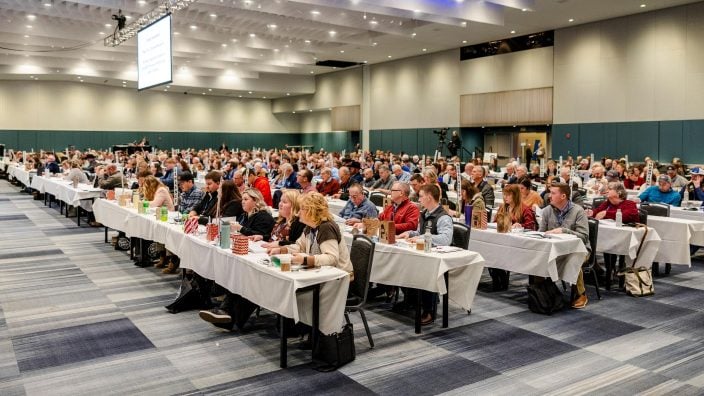
Delegates discussed many topics impacting agriculture including farmland preservation, local foods, and succession planning.
Read More
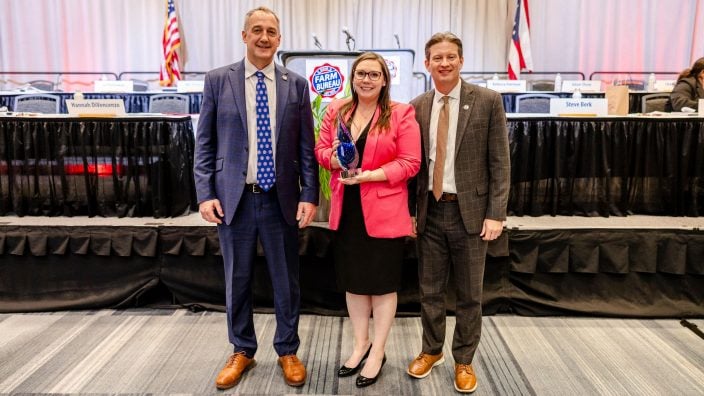
The winners of the 2025 Ohio Farm Bureau Advocacy in Action Award are Dr. Sarah Ison of Clermont County and Tim Hesselbrock of Butler County.
Read More

Ohio Farm Bureau Treasurer Adele Flynn participated in the meeting, representing Ohio farmers.
Read More

A statement from Lorain County Farm Bureau Board of Trustees: No Mega Site, No Sewer, Keep It Rural
Read More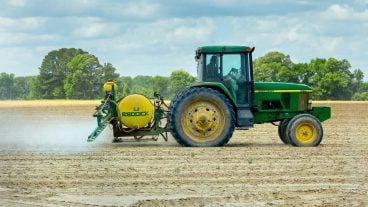
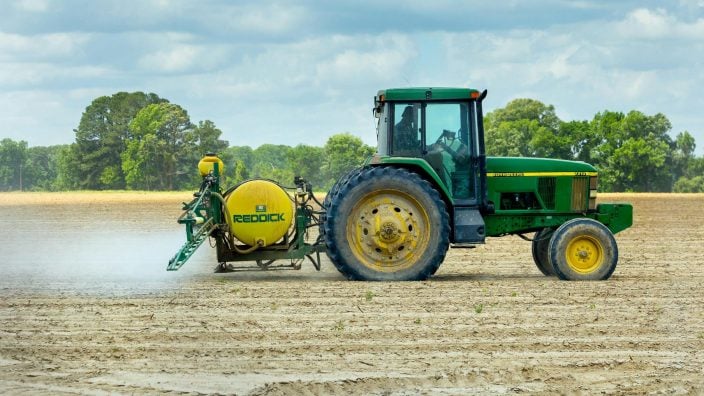
HB 10 ensures transparency around how imitation meat is labeled, along with restoring needed flexibility around the application of crop protection tools.
Read More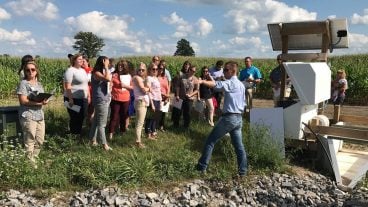
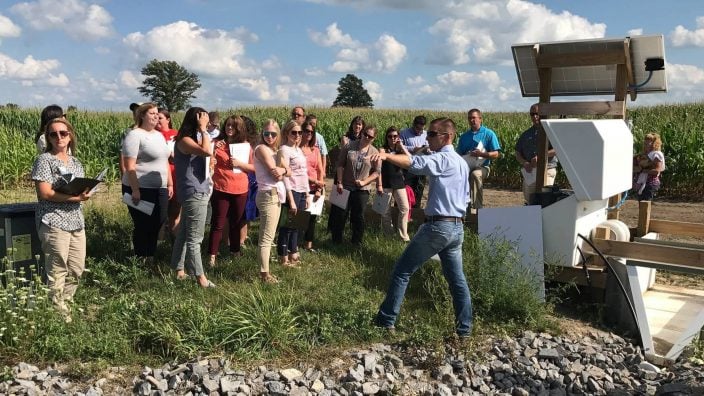
The network was established in fall 2015 on farms in Hardin and Hancock counties. Nearly 200 different tours and events took place on the three farms totaling nearly 4,000 visitors in its 10-year span.
Read More

Urge President Trump and Congress to act before the end of 2025 to provide immediate relief and long-term stability for America’s farmers and ranchers.
Read More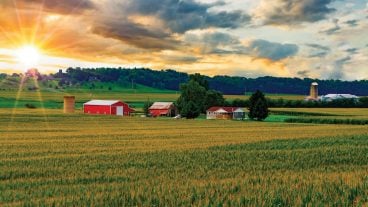
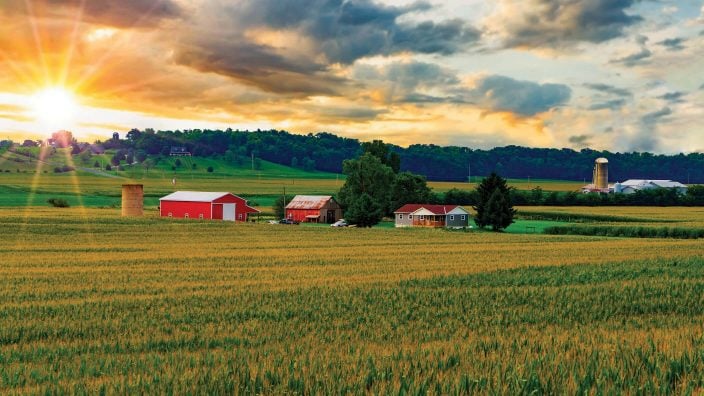
OFBF annual meeting delegates will discuss how or if current Farm Bureau policy should be modified in light of various property tax proposals.
Read More

Statewide, property taxes annually collect approximately $22 billion. Approximately ⅗ of property taxes are used to fund schools, while the remainder funds other local entities.
Read More

A proposal to import beef from Argentina comes on top of the government shutdown and ongoing economic pressures facing agriculture.
Read More